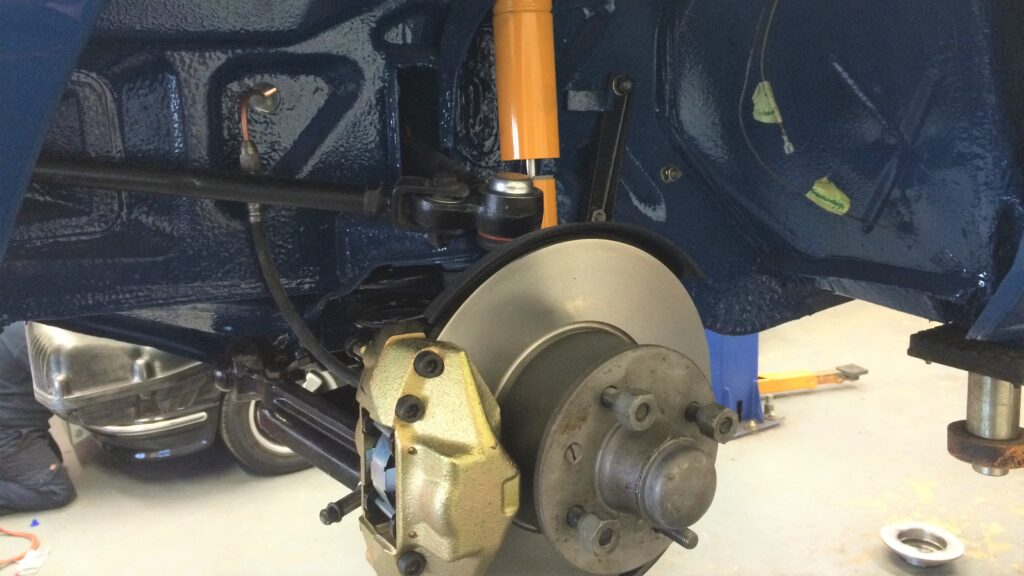Caring for Classics, Maintenance
Classic Mods
If there is one conversation that comes up more regularly at Project Shop than any other it is upgrades and modifications. I am not the type of classic car guy that sucks air through his teeth and stammers, ‘well that distributor wasn’t on the bill of materials in 1962’. A well chosen, properly engineered and correctly installed upgrade such as an electronic ignition is a great addition to any classic car.
If you own a multi-million pound Ferrari or similar, originality is important, so you can struggle on with a starter motor that won’t work when the engine is hot, but for the rest of us there are some great options out there! But here is the thing, not all upgrades are made equal and in these modern days of targeted social media and Google adverts it is very difficult to tell fact from fiction.
At Project Shop we have spent the last 10 years fitting hundreds of upgraded parts. Some have been amazing, others have been terrible. Like most garages, we have ‘favorite mods’. They are the ones that give our customers cars a benefit without causing us a load of grief, but how do you find out what might make your classic car better?
Nothing is for free…
The first thing that you have to realise is that developing a product that replaces a manufacturer part AND improves upon it costs money. So if the part you are buying is drastically cheaper than the one you are replacing then the likelihood is, it won’t work or will break.
If you rob Peter, you will have to pay Paul
When it comes to improving performance, one modification will rarely make any significant difference and will often cause more problems than it solves. Take for example; a stainless steel exhaust manifold. An absolute staple of classic car tuning. They look great, improve the exhaust note and are designed to help the exhaust gas flow faster away from the engine. By allowing a ‘free flow’ you will pick up a few horsepower.
However, they do have significant drawbacks. Stainless steel exhausts are made from a very thin tube compared to your original cast iron manifold, and they are wicked heat conductors! The heat that used to get pushed down your exhaust pipe and dissipated along the underside of your car is now unleashed on the inside of your engine bay. As you slow down from a long run the temperature skyrockets, fuel evaporates, fans and radiators struggle to cope and you stop at the side of the road in a hot mess.
This, ofcourse, can be avoided by having your manifold wrapped in heat proof wrap or ceramic coated, but this often costs more than the manifold itself and is never in any of the sales patter!
Just because it is new tech, doesn’t necessarily mean it is better.
The area where this is most true is in your suspension. Throughout your car’s running gear there are about fifty rubber bushes. These blocks of rubber are there to insulate either the vibration from the engine, gearbox or drive train or jolts from the road surface. Let’s face it, rubber blocks are not sexy. They are also last on the list of any petrol heads ‘must replace’ list unless someone utters the words ‘polybush’ when all of a sudden we go weak at the knees.
Now if you spend your life trying to get the last tenth out of your race car then super stiff polybushes are a great idea. But, for the rest of us, road manners, noise and vibration are all reasons why you should just replace your knackered rubber with standard new ones or find the most compliant polys on the market.
So next time you are considering changing a component on your car, ask yourself this question. Am I replacing it because it is 50 years old and knackered OR am I replacing it because it was designed 50 years ago and there is a better alternative?
If the answer is the former, save yourself some grief and go with the solution that has worked perfectly well for half a decade. To find out if there is a better alternative, visit our upgrades page or call us for tried and tested products that will make your classic more reliable and usable.

